TaxTactics – August 2014
Capturing the Benefits of Captive InsuranceFor years, large corporations have used captive insurance companies to control insurance costs. Today, even small, closely held businesses are taking advantage of the many financial, tax and estate planning benefits captives have to offer. What it is A captive insurance company is a private insurer owned and controlled by the business or businesses (or the owners of such entities) it insures. Captives may be structured in several ways. For example, a corporation may set up a captive as a wholly owned subsidiary to insure the parent. Alternatively, a group of related companies with a common parent may set up a captive to cover its members. Or, a group of unaffiliated companies (such as members of an association) may use a captive to pool their risks and share in cost savings and other benefits. Insurance benefits The most significant benefit of a captive may be that the owners participate in the captive’s underwriting profits and investment income. For example, let’s say a business pays a commercial insurer a premium of $1.5 million per year. If the company’s claims average $1 million, it’s essentially “losing” $500,000 each year. Suppose instead that the business sets up a captive insurance company and pays that same premium to the captive for comparable coverage. Instead of losing $500,000 per year, the excess accumulates within the captive for the benefit of the owners or their heirs. What happens if the business experiences $3 million in claims in a given year? Depending on how long the captive has been in operation, it may have sufficient reserves to cover them. But a better approach is to purchase reinsurance for protection against catastrophic losses. There are other benefits to a captive from an insurance perspective. For example, because the insured parties have control of the captive, they can design customized coverage to best meet their needs. Rather than covering all of a business’s insurance needs, for example, a captive might simply cover deductibles or exclusions under commercial policies. In addition, the owners have control over the claims process and the investment of the captive’s assets — two big advantages over conventional policies. And, a captive provides its owners with direct access to the wholesale reinsurance markets. Captives also can offer more stable premiums and lower fixed costs than traditional commercial insurers can. But that doesn’t mean their owners can set premiums at whatever level they desire. To obtain certain tax benefits, a captive must charge reasonable, actuarially supported premiums. Income tax benefits Captive insurance is a form of self-insurance, but it offers considerable tax advantages over self-insurance. Ordinarily, commercial insurance premiums are deductible business expenses, while self-insurance reserves are not. But you can deduct premiums paid to a captive insurance company, so long as it qualifies as an “insurance arrangement” for federal income tax purposes. (See the sidebar “What is an ‘insurance arrangement’?”) As an insurance company, a captive can deduct most of its loss reserves, allowing funds to grow on a tax-deferred basis. Even greater benefits are available for a “mini-captive” — one that receives premiums of $1.2 million or less each year. A mini-captive can exclude premiums from taxable income and pay tax on only its net investment income. This allows it to accumulate surplus from underwriting profits on a tax-free basis. To stay within the $1.2 million limit, it may be possible to set up multiple mini-captives with different owners. Once a captive has accumulated sufficient reserves, it can pay out dividends to its owners. Because qualified dividends are taxed at favorable long-term capital gains rates, a captive effectively allows business owners to convert ordinary income into capital gains income. Estate planning benefits Business owners have much flexibility when it comes to a captive’s ownership structure. If a captive is owned by a business owner’s children or other heirs, it’s possible to transfer large amounts of wealth to them free of gift and estate taxes. If the captive owners receive their shares by gift, there may be gift tax consequences, but apart from that they’ll enjoy the benefits of the captive’s growth free of transfer taxes. A captive must be organized as a C corporation, but the owners can achieve a variety of estate planning objectives by creating multiple classes of stock or by holding shares in trusts, family limited partnerships or other entities for the benefit of their heirs. Do your homework Captive insurance companies offer many benefits, but they’re not for everyone. To make this strategy work, you must prepare for the operational and compliance issues the insurance business entails, including licensing, capitalization requirements, investment management, claims management, actuarial reviews, financial statement audits and IRS oversight. • |
What is an “insurance arrangement”?To provide the benefits discussed in the main article, a captive must qualify as an “insurance arrangement” for federal income tax purposes. Among other things, the captive must receive more than 50% of its revenue from issuing insurance or annuity policies. And the arrangement must involve elements of risk shifting and risk distribution. Risk shifting means that the business transfers certain risks to the captive in exchange for a reasonable premium. Risk distribution means that risks are pooled with enough other, independently insured risks to minimize the possibility that actual losses will exceed expected losses. The IRS evaluates captive insurance arrangements on a case-by-case basis, but it has established several safe harbors through revenue rulings. In one ruling, for example, risk distribution existed when a corporation established a wholly owned captive to insure each of 12 operating subsidiaries, none of which paid more than 15% of the premiums. In another ruling, the IRS found that a wholly owned captive that insures only the risks of the parent doesn’t distribute risk. But risk distribution exists if the captive receives less than 50% of its premiums from the parent and the balance from unrelated third parties. One way to satisfy this requirement is to participate in a risk distribution pool. Such a pool facilitates the exchange of insurance business among multiple captives, allowing them to spread the risk among many insured parties. |
This material is generic in nature. Before relying on the material in any important matter, users should note date of publication and carefully evaluate its accuracy, currency, completeness, and relevance for their purposes, and should obtain any appropriate professional advice relevant to their particular circumstances.
Share Post:









